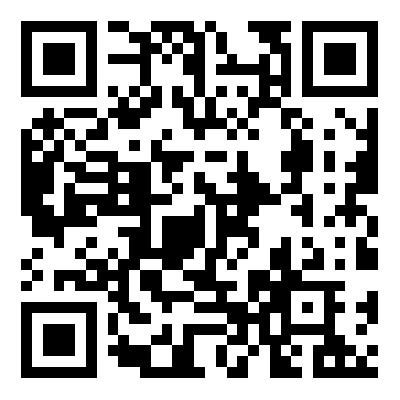The basic principles of automotive inspection tool design
There are many complex surfaces of automotive parts, and irregular shapes cannot be detected using traditional measurement methods. The manufacturing requirements for the shape, size, and position of simulation blocks on automotive inspection tools are high, sometimes requiring accuracy to 0.05mm or even higher. Therefore, automotive inspection tools must undergo three coordinate measurement to ensure their accuracy requirements are qualified, and professional designers are also required for design.
1、 Principle of craftsmanship
Automotive inspection tools should have good performance while ensuring the requirements of assembly technology. At the same time, they should strive for a simple and lightweight structure, quick operation, and easy manufacturing.
2、 Economic principle
On the premise of clarifying the production program, analyze the product testing content, and then develop a fixture design plan based on the batch size of the product. The welding fixtures used in practical applications may not necessarily be very complex, and it is necessary to promote the effectiveness of small inspection tools based on the specific situation of the workpiece.
3、 Reliability principle
Reliability refers to the ability of a product to complete specified functions within a specified time and under given conditions. He not only directly reflects the quality of each component of the product, but also affects the quality and performance of the entire product. Reliability is divided into inherent reliability, operational reliability, and environmental adaptability. The measurement indicators of reliability generally include reliability, failure free rate, and failure rate.
4、 Artistic principle
The design of the inspection tool is required to be aesthetically pleasing, while meeting the requirements of functional use and economic licensing, so that the operator can feel relaxed both physically and psychologically, and provide a beautiful enjoyment. The law of aesthetic design includes the principles of formal beauty, such as change and unity, balance and stability, proportion and scale, contrast and coordination, and integrates various aesthetic factors. It is also an aesthetic principle that adapts to modern industry and scientific technology.
The basic steps of fixture design
The design process of automotive inspection tools is also very complex. If you want to design a car inspection tool that meets the requirements, you must consider many factors that affect it and many interdependent parameters. Without understanding the interdependent relationship between them, it is impossible to describe the entire design process. The basic elements of describing this process are to describe the three major technical links of design, manufacturing, and use.
When designing inspection tools, it is also important to comply with ergonomics. As a detection equipment, inspection tools need to be operated by workers. Therefore, the design should conform to the operating habits of workers, so that inspection tools can be more practical and attached to the front line.





